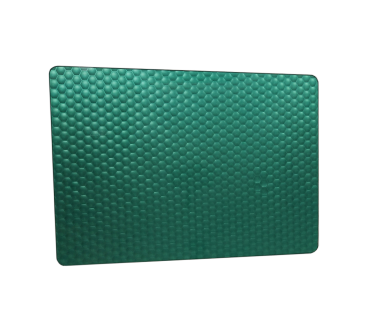Glass is an essential material in our daily lives. We use it in various forms, such as windows, bottles, and containers. However, there is a specific type of glass that is designed for high-temperature applications, and that is furnace glass or high-temperature glass. In this article, we will provide a comprehensive analysis of furnace glass, from its manufacturing to its application.
Manufacturing of Furnace Glass
Furnace glass is made by melting a mixture of silica sand, soda ash, limestone, and other additives at high temperatures. The mixture is heated to a temperature of about 1500°C in a furnace until it melts and forms a liquid glass. The liquid glass is then poured into a mold, which is usually made of graphite or ceramic. The mold is designed to give the glass its desired shape.
Once the glass has been poured into the mold, it is then annealed, a process that involves cooling the glass slowly to reduce internal stresses. The annealing process is critical because it prevents the glass from cracking or breaking when subjected to high temperatures.

Properties of Furnace Glass
Furnace glass has several properties that make it suitable for high-temperature applications. First, it has a high melting point, which makes it capable of withstanding temperatures of up to 1200°C. Second, it has excellent thermal shock resistance, which means it can withstand sudden changes in temperature without cracking or breaking. refrigerator glass door.Third, it has a low coefficient of thermal expansion, which means it expands and contracts very little when subjected to temperature changes.
Applications of Furnace Glass
Furnace glass has several applications, and some of the most common ones are:
- Furnace Windows: Furnace glass is used in the manufacturing of furnace windows, which are designed to withstand high temperatures and provide a clear view of the furnace interior. Furnace windows are used in industrial furnaces, such as those used in the glass industry, steel industry, and chemical industry.
- Laboratory Equipment: Furnace glass is used in the manufacturing of laboratory equipment, such as crucibles, evaporating dishes, and test tubes. These items are used in high-temperature experiments, such as those involving melting or burning materials.
- Lighting: Furnace glass is used in the manufacturing of high-intensity discharge lamps (HID lamps). These lamps are used in outdoor lighting applications, such as streetlights and parking lot lights. Furnace glass is also used in the manufacturing of halogen lamps, which are used in automotive headlights.
- Aerospace Industry: Furnace glass is used in the aerospace industry to manufacture components that are exposed to high temperatures. These components include furnace windows, heat shields, and combustion chamber liners.
Conclusion
In conclusion, furnace glass is a unique type of glass that is designed to withstand high temperatures. It is made by melting a mixture of silica sand, soda ash, limestone, and other additives at high temperatures. Furnace glass has several properties that make it suitable for high-temperature applications, including a high melting point, excellent thermal shock resistance, and a low coefficient of thermal expansion. Furnace glass has several applications, including furnace windows, laboratory equipment, lighting, and the aerospace industry.